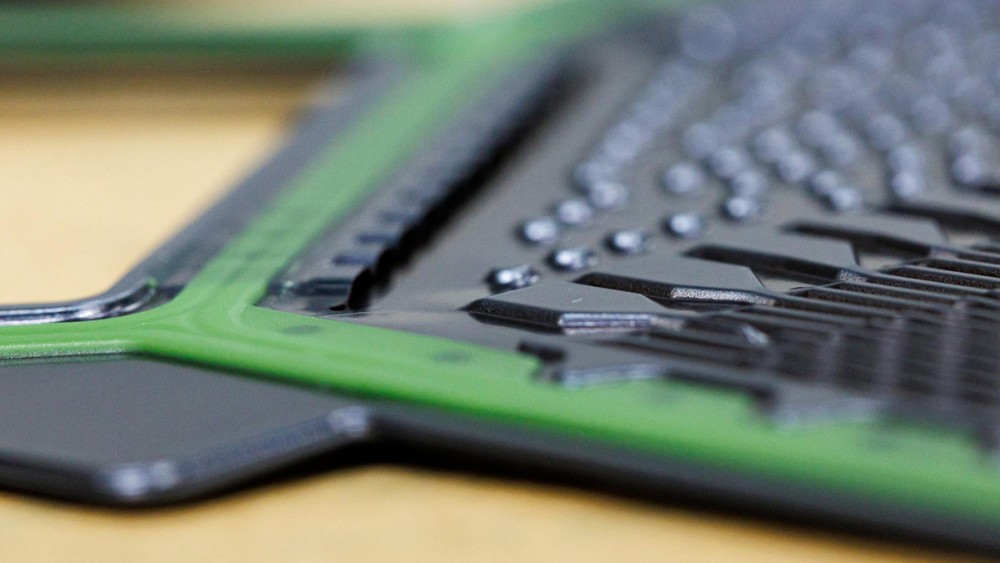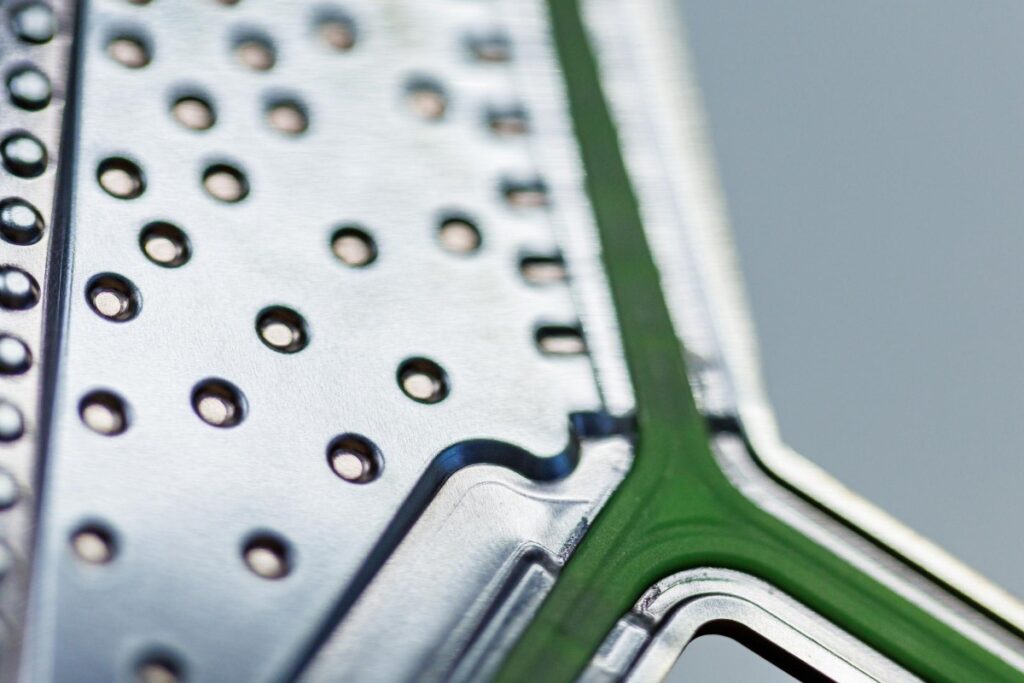A new generation of metallic bipolar plates featuring a novel design and a unique coating system has been developed by Schaeffler. The plates can deliver a fuel cell stack power density of 4.6kW per liter of fuel cell volume. Fuel cell stacks produced using the new plates achieve a power density estimated to be 20% greater than those made with previous technology.
The new plates are currently being manufactured in runs of up to several tens of thousands of units at a pilot production facility in Herzogenaurach, Germany, for use by vehicle OEMs in prototype and small-series production. The plates benefit from an innovative coating process to ensure a long fuel cell life.
“When it comes to drive systems for commercial vehicles, Schaeffler is also investing in hydrogen, especially for long-haul applications,” commented Matthias Zink, CEO Automotive Technologies, Schaeffler. “We are developing both individual components and complete subsystems for fuel cells and are gearing up for their full-scale industrialization.”
Schaeffler is scheduled to begin production of bipolar plates under the Innoplate name – a joint venture with Symbio, in Haguenau, France – at the start of 2024.
 “Schaeffler has developed an innovative design that makes optimal use of the plate’s surface area,” said Dr Jochen Schröder, head of e-mobility, Schaeffler. “The finer and more precise the structures on the bipolar plate, the more efficient the plate is.”
“Schaeffler has developed an innovative design that makes optimal use of the plate’s surface area,” said Dr Jochen Schröder, head of e-mobility, Schaeffler. “The finer and more precise the structures on the bipolar plate, the more efficient the plate is.”
Within vehicle applications, hundreds of the plates are layered on top of each other, separated by a membrane electrode assembly, to form a stack. Stacks consisting of up to 400 of the cell units have a total power output of up to 140kW – capable of powering light commercial vehicles. For heavier commercial vehicles, two stacks may be required.
The coating system that Schaeffler uses maintains a high level of electrical conductivity over the fuel cell’s entire service life. The company’s portfolio of high-performance coating systems – named Enertect – was developed specifically for bipolar plates. The coatings are applied using an adapted version of the physical vapor deposition process.
“Thanks to our capabilities in surface technology, we are able to offer each customer an application-specific coating solution,” said Schröder. “This means we can meet each customer’s requirements in terms of balancing cost, performance and manufacturing-related CO2 emissions.”



